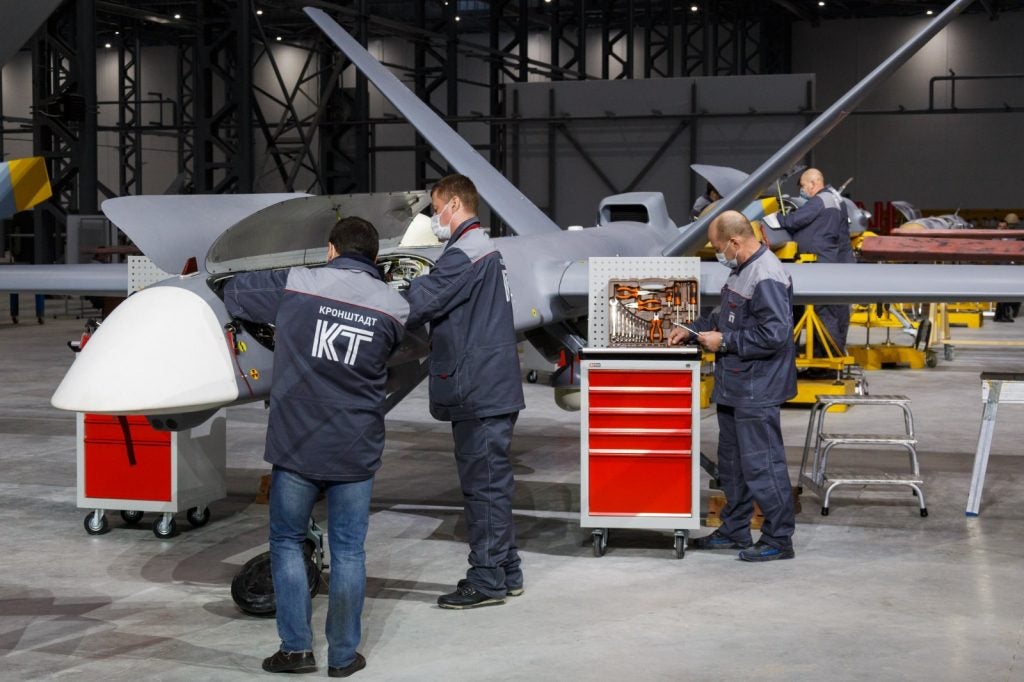Russian Defense Minister Sergei Shoigu Visits The Largest Drone Manufacturing Facility In Russia
Defense Minister Sergei Shoigu inspected Russia’s first specialized facility for the manufacturing of large-sized military UAVs, which Kronstadt has established in Dubna, near Moscow, according to a press release posted on the Russian Ministry of Defense‘s Facebook page on Thursday, 27 January.
Denis Manturov, Chairman of the Russian Ministry of Industry and Trade, and Andrey Vorobyov, Governor of the Moscow region, accompanied the defense minister as he checked the readiness of the plant for mass production, which began construction in April last year and was completed in 9 months.
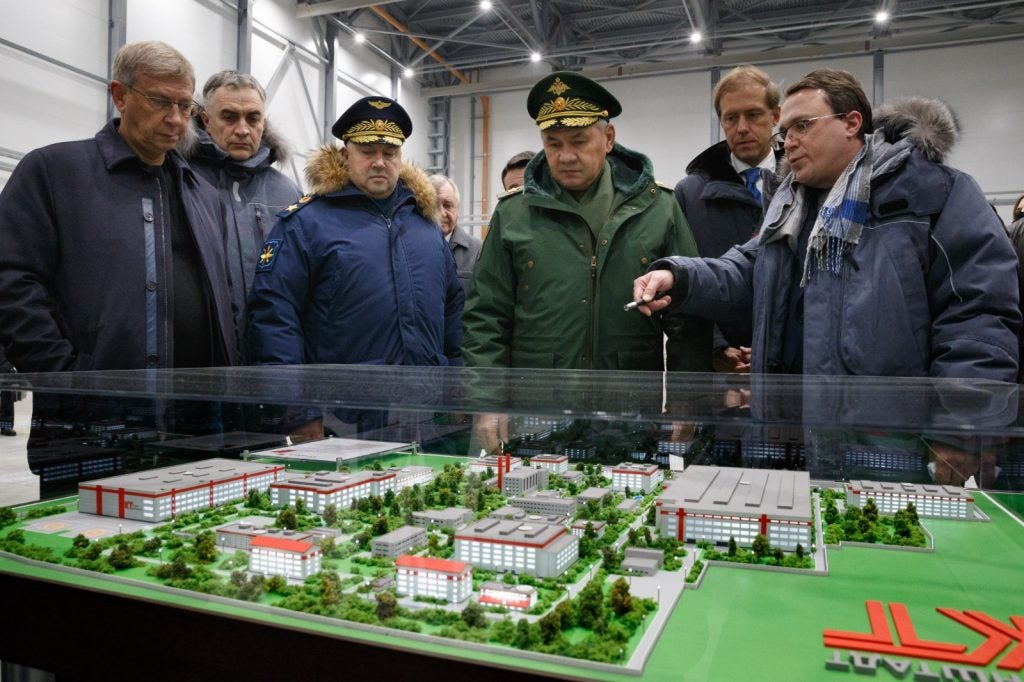
“Representatives of the Kronstadt company presented the Minister of Defense with the first flying example of the Orion reconnaissance attack UAV with a satellite link antenna,” the Russian Ministry of Defense said in a statement. According to the statement, the satellite connection significantly increased the UAV’s flight range, and as a result the vehicle has been able to operate outside the direct radio channel range of the ground control center.
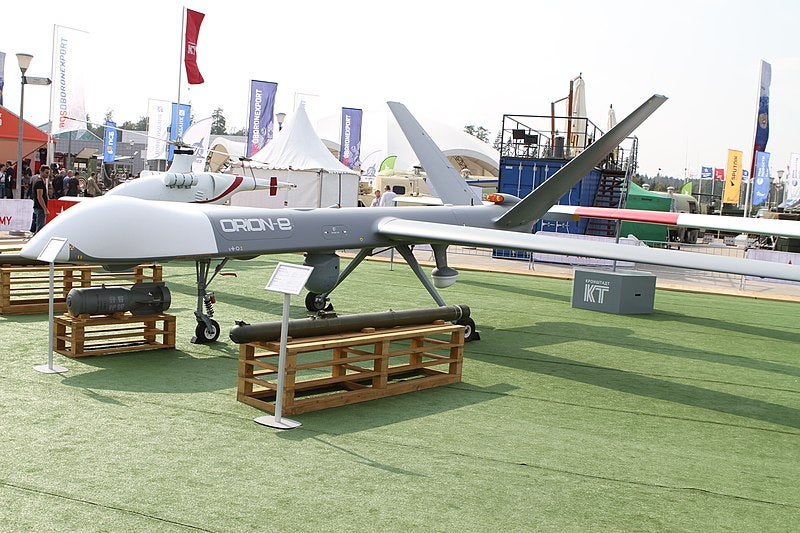
Apart from Orion, the delegation led by the Minister of Defense was briefed by Sergey Bogatikov, General Manager of Kronstadt, on the Inokhodets-RU (Sirius) UAV, an enhanced version of Orion, the Helios-RLD long-range early warning UAV system, and the Thunder high-speed attack drone. Sirius will be ready for its first flight in May of this year, according to Sergey Bogatikov, and deliveries of these UAVs will begin in 2023.
The Sirius UAV, according to Kronstadt, is the next step in the development of the current Orion UAV. The improvements included increased size and mass, some design changes, and the installation of new electronic equipment. In comparison to its predecessor, the drone will be able to carry a bigger payload and operate at a higher altitude.
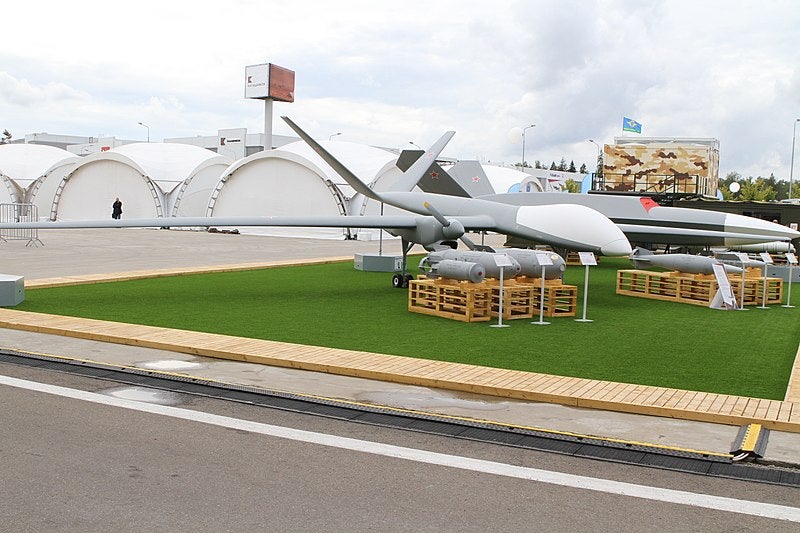
Sirius, a medium-altitude long endurance (MALE) class UAV, will have a length of 9 meters, a wingspan of 23 meters, a maximum flight time of 24 hours, and a service altitude of 25,000 feet. It can perform various tasks, such as 3D mapping, laser marking, SAR/GMTI imaging, and signal intelligence. In addition, it can carry a maximum weight of 2,000 kilograms, has two turboprop engines, and will be capable of reaching a top speed of 200 kilometers per hour. Sirius can also target ground targets with small-sized guided missiles and guided bombs.
The second development was presented in the form of Helios-RLD, a UAV system with a long-range early warning radar. According to Bogatikov the first flight of this system is scheduled for 2024.
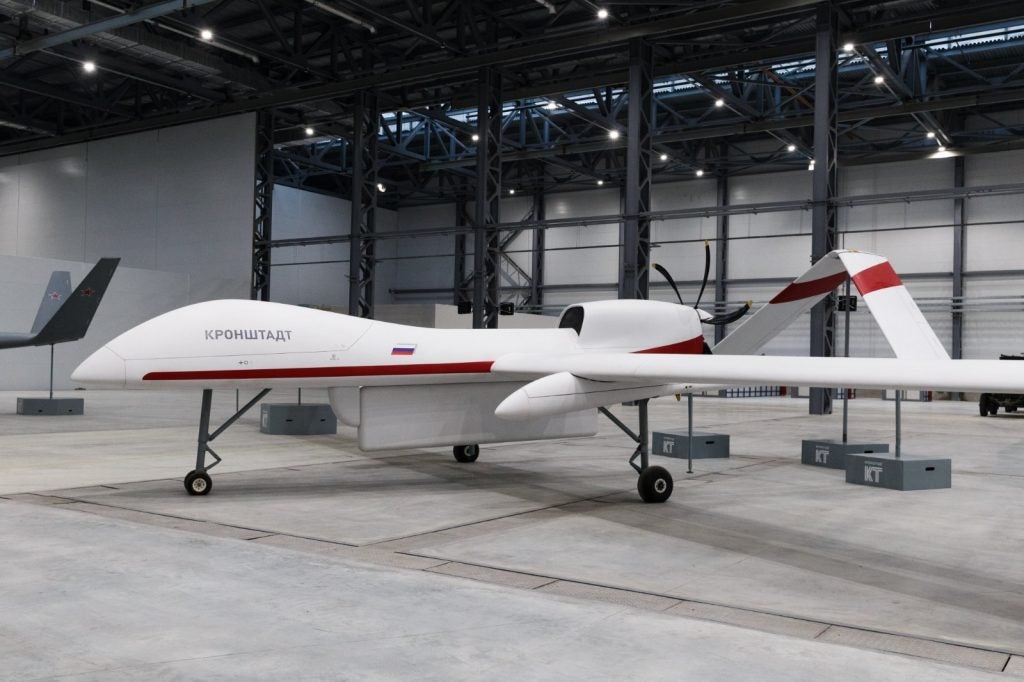
The Helios-RLD is designed for long-term patrols in a given area. Airborne radar is used to locate and track targets in the air, on the ground, and on the water. This system is larger than Orion and Sirius, has a different layout, and has a different flight performance. The Helios-RLD has a maximum take-off weight of 4 tons. The UAV can reach an altitude of 11 thousand meters (36 thousand feet) and has a cruising speed of 350-450 km/h. The system has a range of 3000 kilometers and a maximum flight time of 30 hours. In addition, the Helios UAV can also be used for offensive purposes.
Following the visit to the Dubna facility Denis Manturov, head of Russia’s Ministry of Industry and Trade, said: “Today we saw an absolutely modern facility equipped with the latest technology and, most importantly, Russian equipment”.

